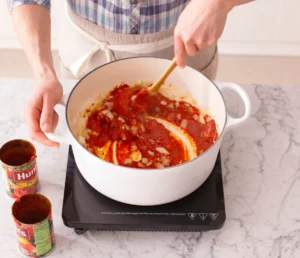Are you staring at your kitchen counter wondering, “Can I use ketchup instead of tomato paste?” You’re not alone. Whether you ran out of tomato paste or just want to experiment, deciding on the right substitute can make or break your dish.
Tomato paste packs a rich, concentrated tomato flavor that many recipes rely on for depth and texture. Meanwhile, ketchup brings sweetness, vinegar, and spices into the mix—flavors that don’t always play nicely in every dish. So, the big question remains: when does ketchup work as a replacement, and when should you skip it?
In this guide, you’ll get the full scoop on using ketchup in place of tomato paste—from flavor differences and practical tips to when it’s a good idea and when it’s not. If you’ve ever wondered about this common kitchen substitution, keep reading. We’ve got you covered!
What is Tomato Paste
Tomato paste is a thick, concentrated tomato product made by cooking tomatoes for several hours to reduce their water content. After cooking, the tomatoes are strained to remove seeds and skins, resulting in a dense, rich paste. It is often sold canned, in sachets, or in aseptic packaging, making it a staple ingredient in many kitchens.
The flavor profile of tomato paste is robust, slightly sweet, and deep with a natural umami taste. It provides an intense tomato flavor without excess liquid, making it perfect for adding body and richness to sauces, soups, stews, and other dishes. Chefs and home cooks rely on tomato paste to enhance the taste and color of recipes without thinning them out.
Nutritionally, tomato paste is packed with vitamins A and C, iron, and antioxidants like lycopene, which support heart health and may reduce inflammation. Since it’s concentrated, it contains more nutrients per serving compared to fresh tomatoes or tomato sauce, though it’s low in calories and fat.
In , tomato paste is a versatile, nutrient-dense tomato concentrate prized for its bold flavor and thick texture, used widely in cooking to boost depth and richness.
What is Ketchup
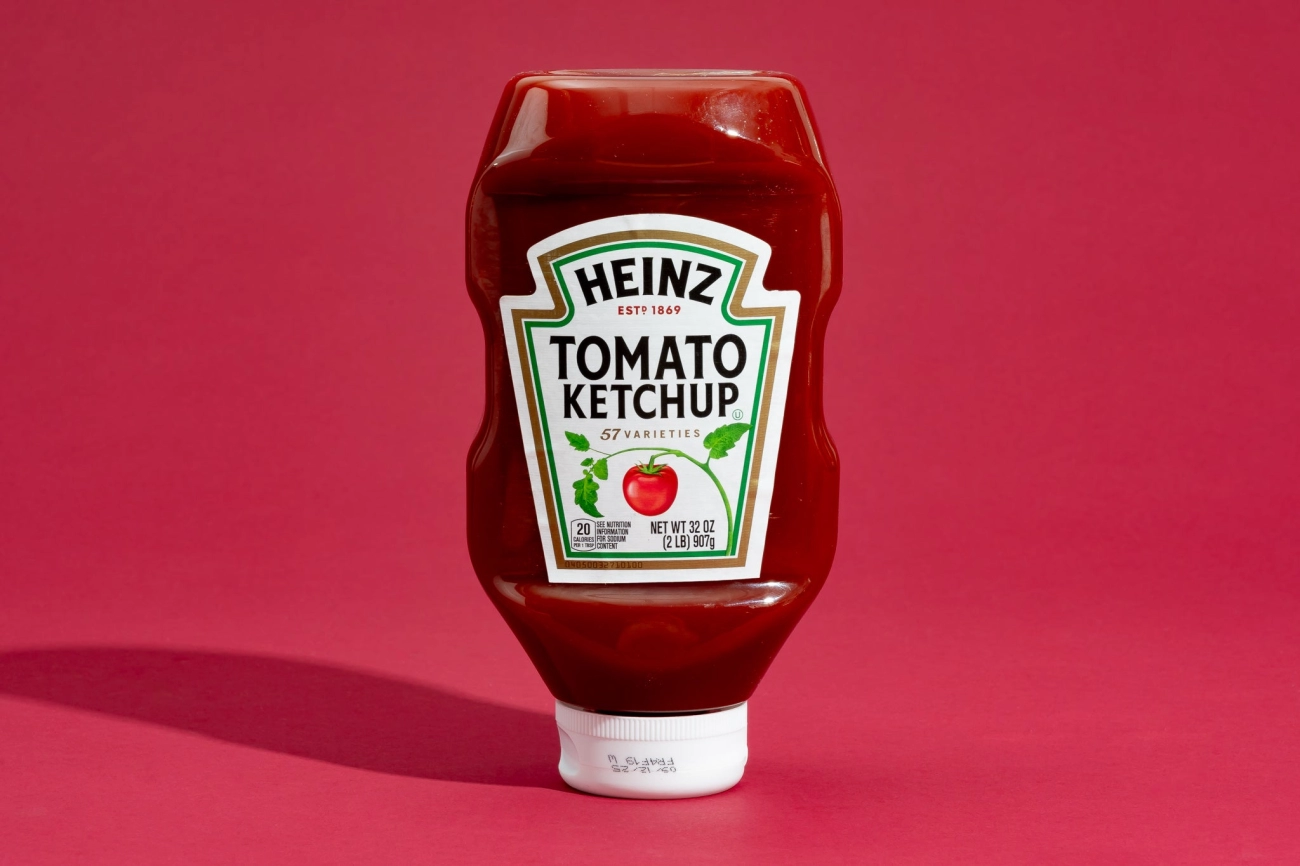
Ketchup is a popular condiment made from tomatoes, sugar, vinegar, and a blend of spices. Unlike tomato paste, which is a thick, concentrated tomato product, ketchup has a thinner texture and a sweeter, tangier flavor thanks to the added sugar and vinegar.
When you compare ketchup to tomato paste, the key differences are in taste and texture. Ketchup is smooth but less dense, with a noticeable sweetness and acidity. Tomato paste, on the other hand, is intensely savory and rich with a deep tomato flavor.
Nutritionally, ketchup usually contains more sugar and sodium than tomato paste, which is mostly just concentrated tomatoes without extra additives. This makes ketchup less suitable for recipes needing a pure tomato base but handy for adding flavor on the side or in casual cooking.
Can You Use Ketchup Instead of Tomato Paste
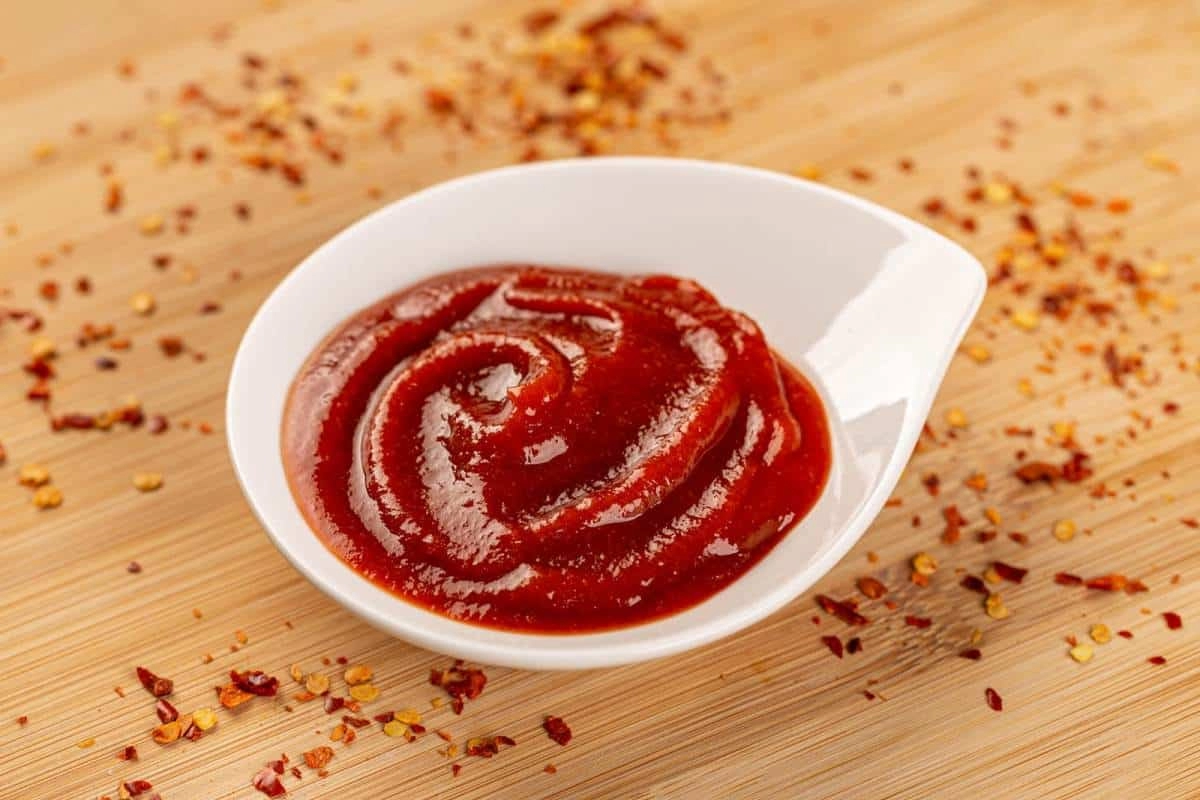
Ketchup and tomato paste might both come from tomatoes, but they’re pretty different when it comes to cooking. The big differences that affect whether you can use ketchup instead of tomato paste are sweetness, acidity, and water content. Tomato paste is thick, concentrated, and has an intense tomato flavor with little to no sugar added. Ketchup, on the other hand, is sweeter and more tangy because it includes sugar, vinegar, and spices, plus it’s much thinner with more water.
Because of these differences, ketchup won’t always work as a tomato paste substitute. It can work okay in recipes where a little extra sweetness or tang won’t hurt—like some casual sauces or stews—but it’s not a great swap if you need that strong, concentrated tomato flavor or thick texture. Using ketchup in place of tomato paste might make your dish taste sweeter or more vinegary than intended and can change the texture, making sauces thinner or less rich.
So, ketchup can replace tomato paste in some home recipes but avoid it in dishes that rely on the bold, thick tomato punch tomato paste provides. For those situations, sticking to tomato paste or other closer tomato paste alternatives is a better call.
How to Substitute Ketchup for Tomato Paste Correctly
If you need to use ketchup instead of tomato paste, there are some important adjustments to keep your recipe balanced.
- Adjust the quantity: Use about 1.5 times more ketchup than tomato paste because ketchup is thinner and less concentrated.
- Dilute if needed: Since ketchup has more water, you might want to cook it a bit longer to reduce excess moisture or mix ketchup with a small amount of tomato sauce to get a thicker texture.
- Balance sweetness and acidity: Ketchup is sweeter and more acidic than tomato paste. To balance this, add a splash of lemon juice or vinegar. Start with a teaspoon, taste, and adjust as you go.
- Consider spices and flavor: Ketchup often contains spices and sugar, so reduce added sugar or seasoning elsewhere in your recipe to avoid overpowering flavors.
Recipe specific advice
- Soups: Use ketchup sparingly and dilute with broth or water to prevent sweetness from dominating.
- Sauces: Cook ketchup longer to achieve a thicker consistency; add lemon juice or vinegar to maintain acidity.
- Stews: Ketchup can work better here since slow cooking softens its sweetness, but watch the overall flavor balance carefully.
By making these adjustments, you can substitute ketchup for tomato paste successfully without drastically changing your dish’s flavor or texture.
When to Avoid Using Ketchup as a Substitute
There are times when ketchup just isn’t the right swap for tomato paste. If your recipe calls for a concentrated tomato flavor, like in classic tomato sauces, chili, or slow-cooked stews, ketchup’s added sugar and vinegar can throw off the balance. The strong sweetness and tang can overpower the dish instead of enhancing it.
Also, avoid using ketchup in dishes that are sensitive to sweetness or acidity, such as savory soups or recipes where you want a clean, pure tomato taste without extra flavors. The vinegar and spices in ketchup might clash with subtle ingredients and change the overall flavor profile.
From a professional cooking standpoint, ketchup usually isn’t accepted as a substitute since chefs need precise control over ingredients and taste. However, for home cooking, ketchup can work in a pinch if you adjust flavors carefully. Still, if a recipe relies on the richness and thickness of tomato paste, it’s better to stick with proper tomato products or reliable alternatives.
Alternatives to Tomato Paste Besides Ketchup
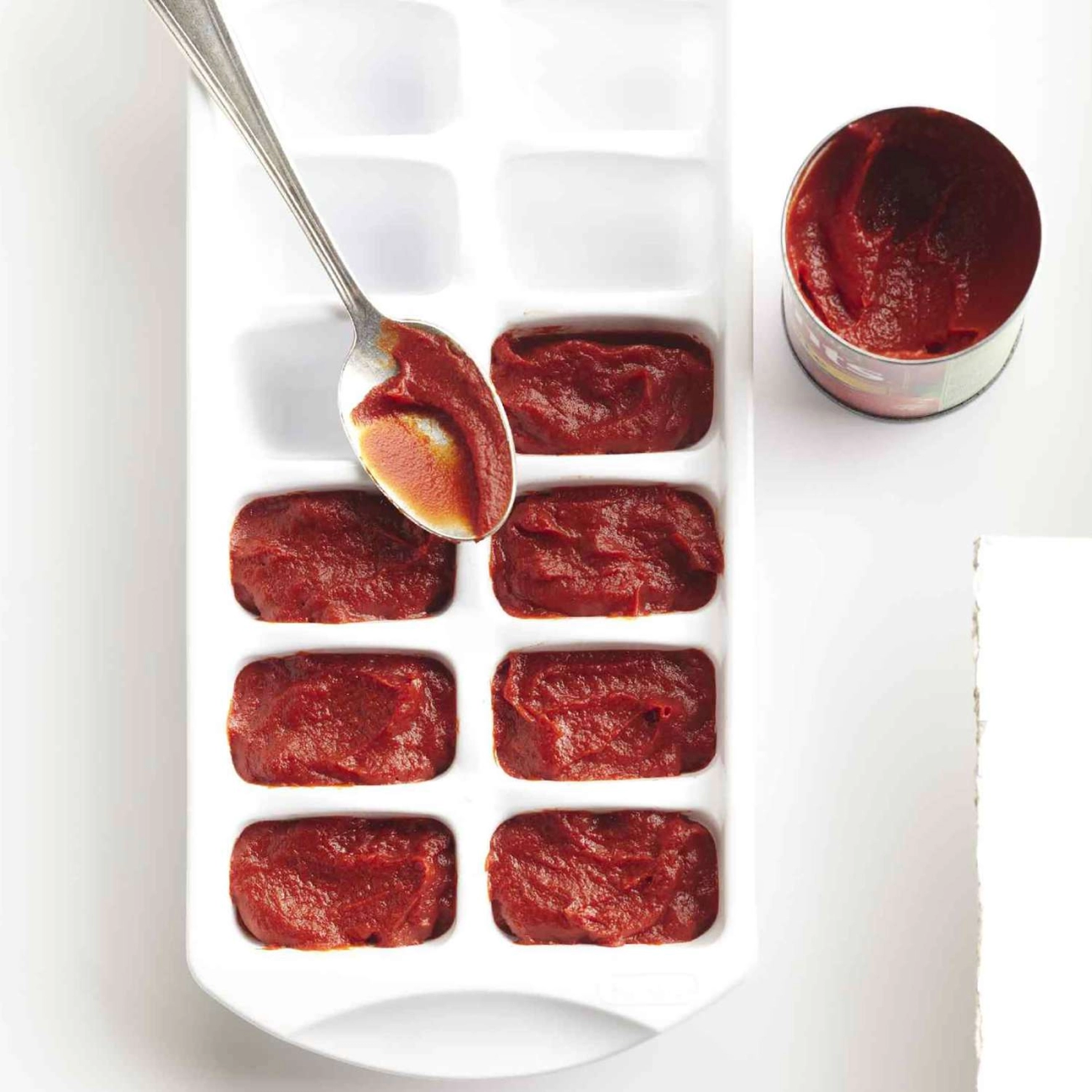
If you’re out of tomato paste and don’t want to use ketchup, there are several better alternatives to consider. Each has its own flavor and texture that can work well depending on your recipe.
Tomato Sauce
Tomato sauce is thinner and less concentrated than tomato paste. It’s cooked with herbs and spices, so it’s milder in flavor. You can use it in soups or sauces but expect less thickness and intensity. To substitute, use more tomato sauce or reduce it by simmering.
Tomato Puree
Tomato puree is thicker than sauce but not as dense as paste. It has a fresh tomato flavor with some natural sweetness and acidity. It’s great for dishes where you want tomato flavor without overpowering sweetness. You might need to cook it down to get a paste-like consistency.
Sun-Dried Tomato Paste
Sun-dried tomato paste offers a richer, slightly tangy, and intense flavor. It’s less sweet and more savory than ketchup. This makes it a good substitute for recipes that need a deep tomato taste, like stews or sauces. Use a bit less since it’s concentrated.
Each alternative has pros and cons, but compared to ketchup, they provide more authentic tomato taste without the added sugar and vinegar. Choosing the right substitute depends on your dish’s flavor and texture needs.
Tips for Storing and Using Tomato Paste
Tomato paste can lose its freshness quickly once opened, but with the right storage, you can keep it good for a longer time and avoid needing substitutes like ketchup. Here’s what I recommend:
- Store in an airtight container: After opening, transfer any leftover tomato paste from the can into a small airtight container or jar. This helps prevent air exposure and keeps the flavor intact.
- Refrigerate immediately: Always keep opened tomato paste in the fridge. It can last about 5 to 7 days when stored properly.
- Freeze for longer storage: For even longer shelf life, spoon the tomato paste into ice cube trays, freeze, then pop the cubes into a freezer bag. This way, you can thaw just the amount you need, saving the rest fresh for weeks.
- Label with date: Mark the container or bag with the date you opened or froze it. This helps you track freshness and avoid waste.
- Buy in appropriate sizes: Choose smaller cans or tomato paste sachets that fit your cooking habits. This reduces leftover paste and lessens chances of running out mid-recipe.
By storing tomato paste correctly, you keep it ready for your recipes without scrambling for substitutes. This simple care saves time and ensures your dishes get that rich, concentrated tomato flavor you want every time.
Final Verdict Should You Use Ketchup Instead of Tomato Paste
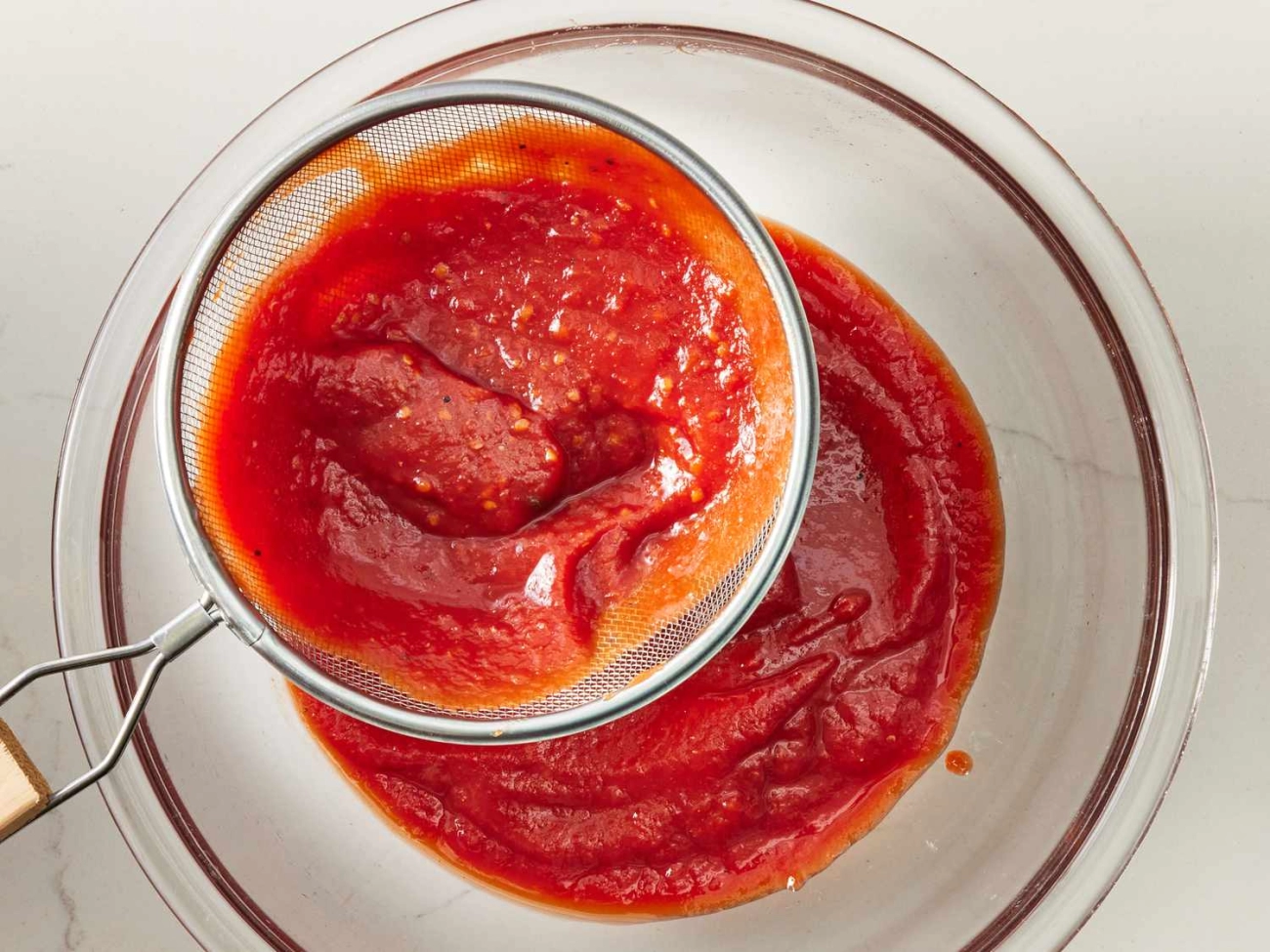
Using ketchup instead of tomato paste has its pros and cons. On the plus side, ketchup is easy to find, adds a bit of tomato flavor, and can work in a pinch for recipes like quick sauces or stews. However, ketchup’s sweetness, acidity, and higher water content can change the taste and texture of your dish, often making it less rich and more tangy or sweet than intended.
For the best cooking results, Taichy Food recommends sticking with tomato paste for recipes that call for concentrated tomato flavor—like pasta sauces, soups, or anything where the tomato taste needs to be bold and balanced. If you must substitute ketchup, adjust quantities, reduce added sugars elsewhere, and add a splash of vinegar or lemon juice to balance flavors.
In short, ketchup can be a last-minute tomato paste substitute but isn’t ideal for every dish. When possible, choose tomato paste or other closer alternatives like tomato puree for authentic flavor and texture in your cooking.
Frequently Asked Questions FAQs
Can ketchup replace tomato paste in pasta sauce?
Yes, you can use ketchup as a tomato paste substitute in pasta sauce, but keep in mind ketchup is sweeter and less concentrated. Adjust the amount and balance the sweetness with a splash of vinegar or lemon juice to keep the flavors balanced.
Is ketchup healthier than tomato paste?
Not necessarily. Ketchup usually has added sugar and vinegar, which changes its nutritional profile. Tomato paste is more concentrated and lower in sugar, making it a better choice if you want fewer calories and less sugar.
How to reduce the sweetness of ketchup when using as a substitute?
To cut down the sweetness, add a little vinegar or lemon juice. You can also mix in some plain tomato sauce or broth to dilute it. This helps mimic the tangy and less sweet profile of tomato paste.
Can ketchup be used in savory recipes without overpowering them?
Yes, but use it carefully. Because ketchup is sweeter and tangier, it can change the dish’s flavor if used in large amounts. Start with a small quantity, taste as you go, and adjust with spices or acidity to keep the savory balance.

